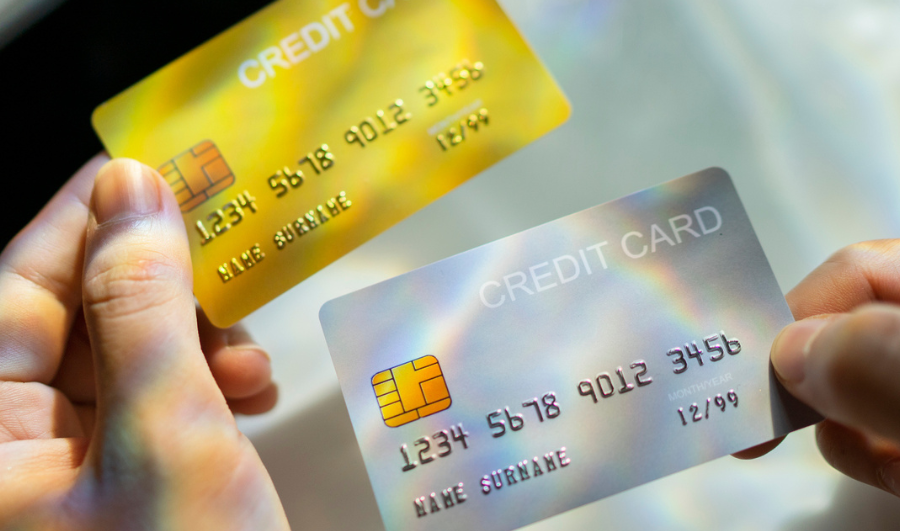A subscription payment model allows you to pay monthly bills and invoices without processing them manually. But you have to be careful before agreeing to such a model.
Rapid changes in consumer habits have altered the business world massively. For example, the quick shift from traditional to online shopping would have taken years if not for quick thinking during the pandemic. But the question for sellers here is: how can they lead the business landscape and compete better? Here is why a need for subscription payments arises – from B2B to B2C, the auto-debit payment model is highly beneficial. For instance, if you want to launch a subscription-based music service, or a monthly food delivery service, auto-debit payment model can help you receive constant cash flow.
Previously, only large businesses exhibited an active interest in subscription-based revenue models. But now, it is available to all businesses of all sizes and types. Whether you are an online merchant, web developer, CEO, or freelancer, this model will benefit you. If you want to explore how subscription payments work, keep reading!
What Is Subscription Payment?
Subscription payment, also known as the recurring or auto-debit payment model, is designed for a business’s main priority – its customers. Subscription payment means that a customer permits the business to auto-debit a certain amount of money, for goods or services, directly from their bank account.
Typically, the customer provides the business with their preferred payment method – a subscription payments debit card, credit card, or bank account information. At the same time, they grant permission for the business to deduct a certain amount at regular intervals – weekly, monthly, or even annually.
Once the customer agrees to the subscription transaction terms and conditions, the business offers a steady delivery of products or access to services. Problems such as late fees or due dates are not a problem for the customer or the business. The subscription transactions continue until the customer retracts permission, or the subscription date of the product expires.
Do’s And Don’ts Of Subscription Payments
Subscription Payment Do’s
- The payment processor must be genuine
Your subscription payments and subscription provider must be compliant with standard practices for payment security. They must have the best security features to avoid any fraudulent activities. They should be well aware of the latest cybercriminals’ attacks and constantly keep a check on their features. PayU, for instance, is RBI-compliant and PCI-DSS certified and provides the best security features.
- You must do your research
Different types of businesses need different plans, and not every plan will suit everyone. Hence, you must conduct appropriate research before reaching out to a payment processor. You should be completely aware of your customers’ needs, and which plan would best suit them. Then, you must find a subscription payments service provider that gives you the flexibility you are looking for. For example, if you want to receive payouts in international currency, the provider must offer the same.
- The subscription payments provider accepts multiple payment forms
That means the provider must accept every major debit or credit payment card and have relationships with all banks to handle auto-debit services.
- Choose automation
Not every payment provider completely automates the whole payout process. Hence, you must select a provider that does not make you spend more on hiring new staff. It should manage complete accounts and must offer a seamless customer experience. PayU is a subscription payments service provider that notifies customers 24-hours before charges are to be levied in advance. This is carried out for smooth and secure processing.
Subscription Payment Don’ts
- Don’t miss out on churn rates
The churn rate is the percent at which a customer might cancel their subscription at any given time. If the company’s growth rate is better than the churn rate, they are succeeding. However, the rate can be vividly different from industry to industry. Thus, as a business, you must choose a provider that helps you best understand the churn rate and how you can manage your plans better.
- Don’t buy a subscription payment system with large upfront costs
You don’t have to pay a huge amount to get access to a subscription payments system. You must invest in a system that offers 24×7 integration support without affecting your spending.
- Don’t ignore the effects of subscription billing on customers
Many customers fail to notice their monthly bills if they get into a subscription-based model. Customers set up the system and often forget about it. Make sure to interact with your customers often, even when they have cleared their invoices.
- Don’t forget to track transactions
Tracking subscription transactions smoothly is one of the features you must look into before investing in any subscription payments platform. It must give you access to manage all your transactions smoothly. It should even help you with the best industry insights to help your company grow.
Read more – How to Accept Subscription Payments from India as a Global Business?
Conclusion
Offering a subscription payment system is not just convenient to customers, but for businesses as well. It increases customer lifetime value and reduces issues that often occur with repeated manual payments. Furthermore, businesses are assured that there will be stable cash flow in future months. If you are a business owner collecting payments repeatedly from your customers, try subscription payments for a smoother and more convenient payment method for both businesses and customers.
Choose the most convenient subscription payments option by PayU India today!
FAQs
Subscription payments stabilise the cash flow of businesses and decrease customer acquisition costs.
There are two types of subscription payments: variable and fixed, which are charged in the form of a membership or subscription.
Yes, with PayU you can set subscription payments for your customers for weekly, monthly, or annual frequencies.




